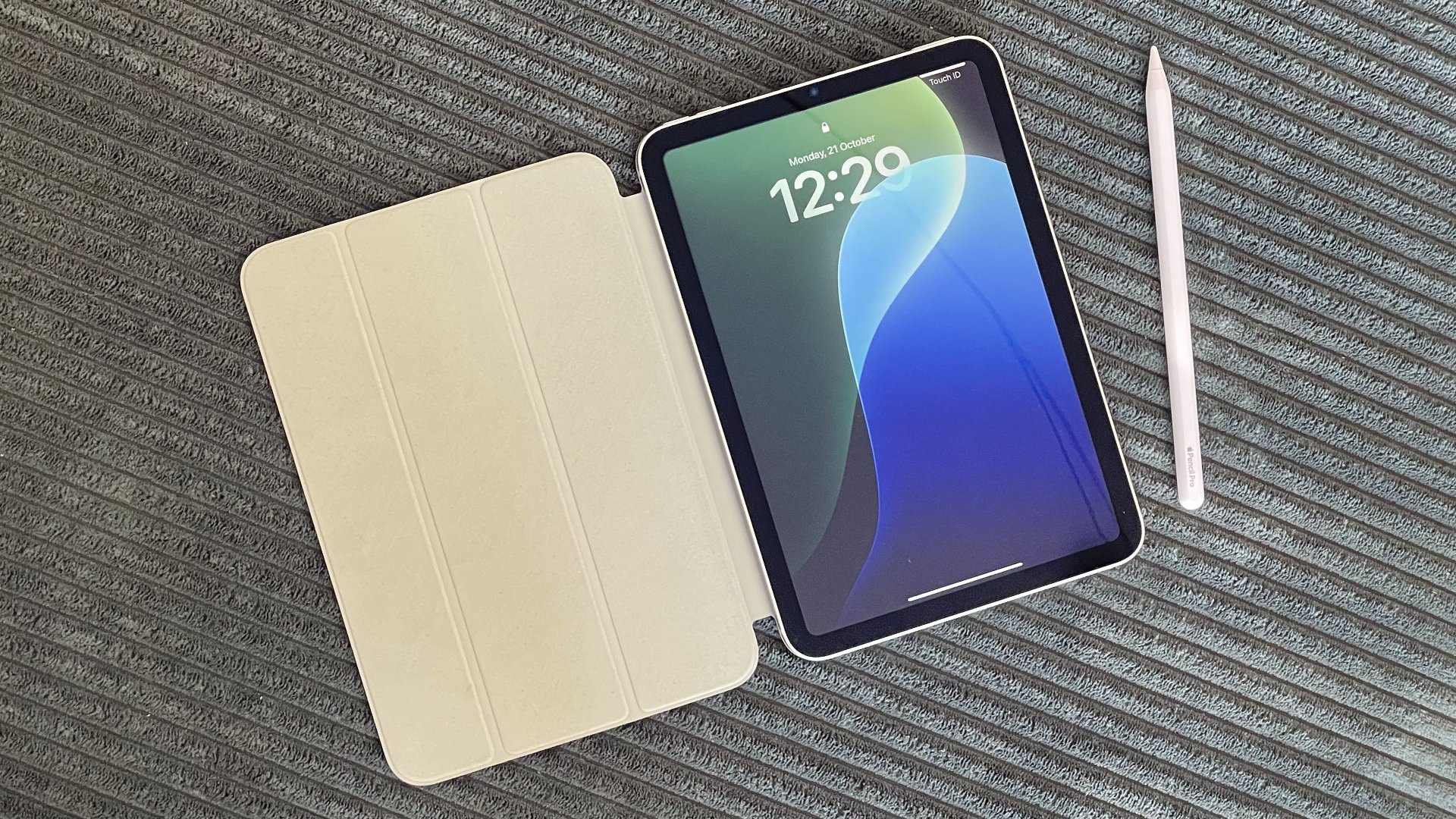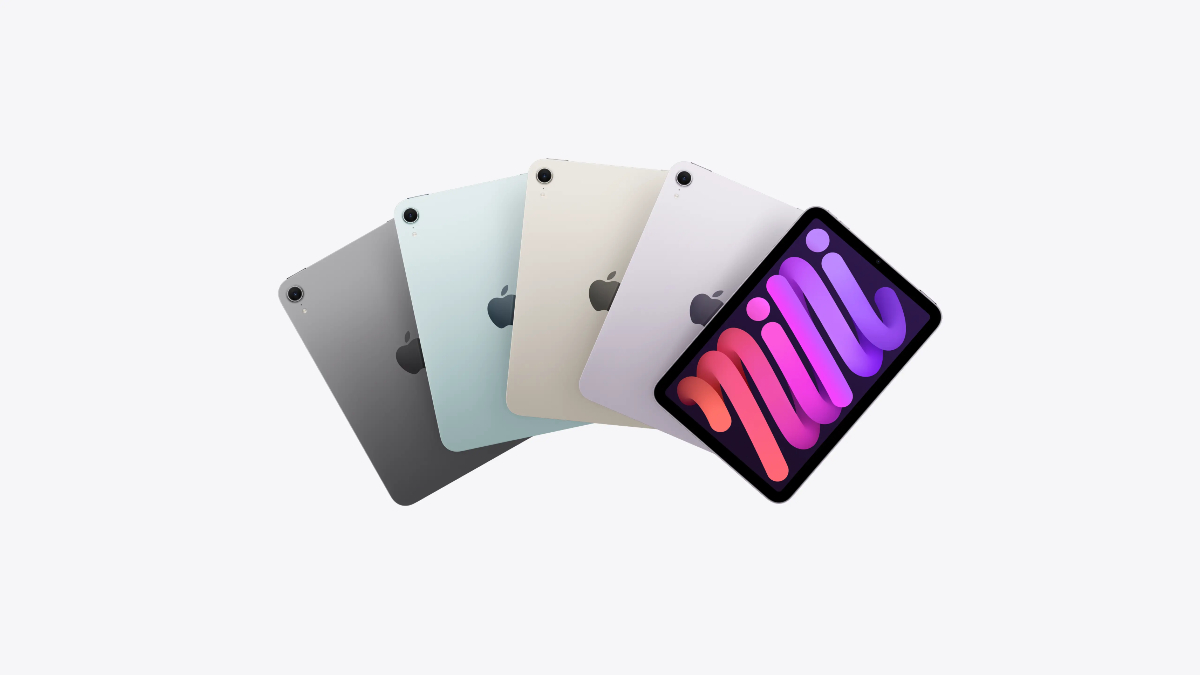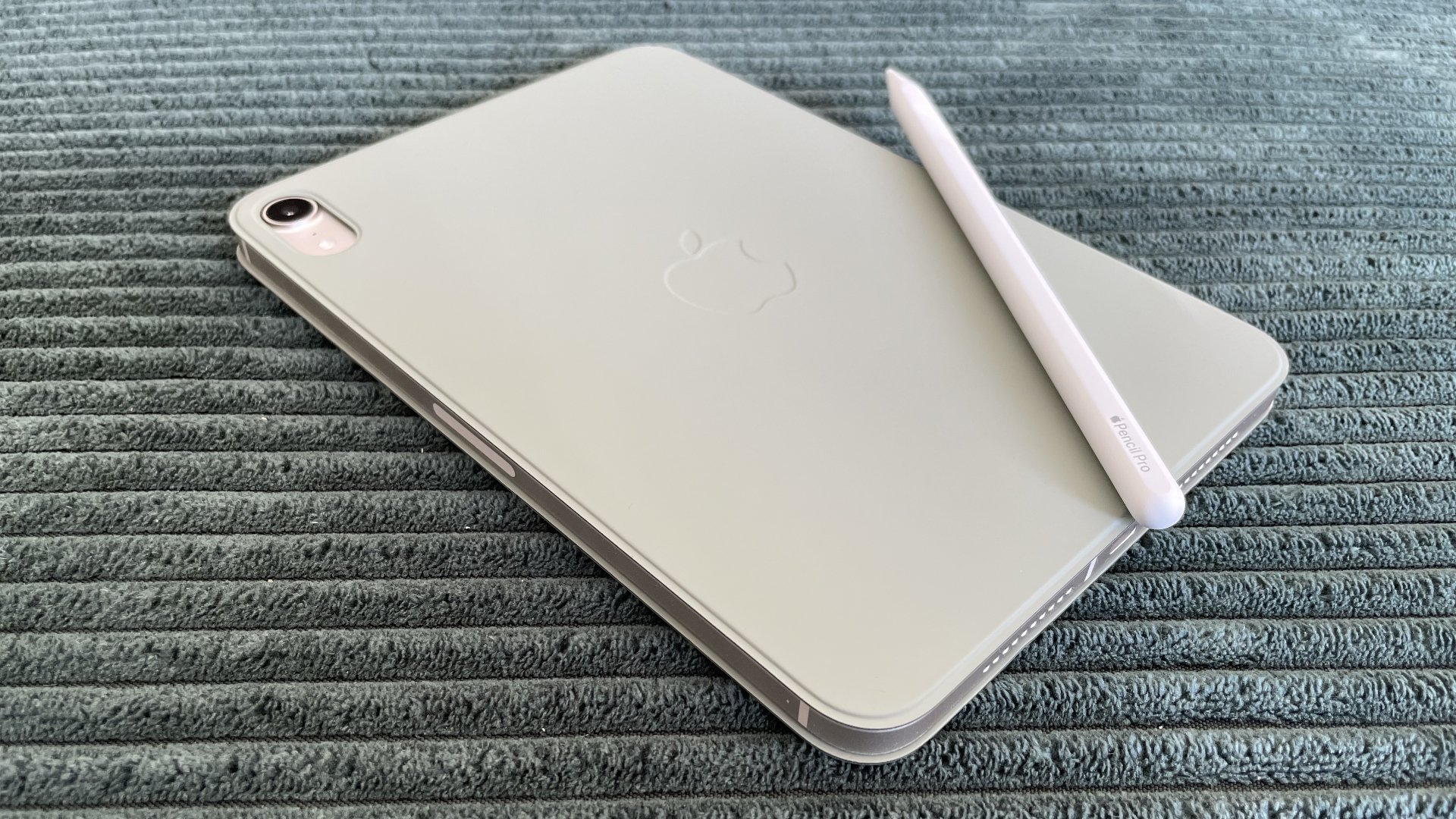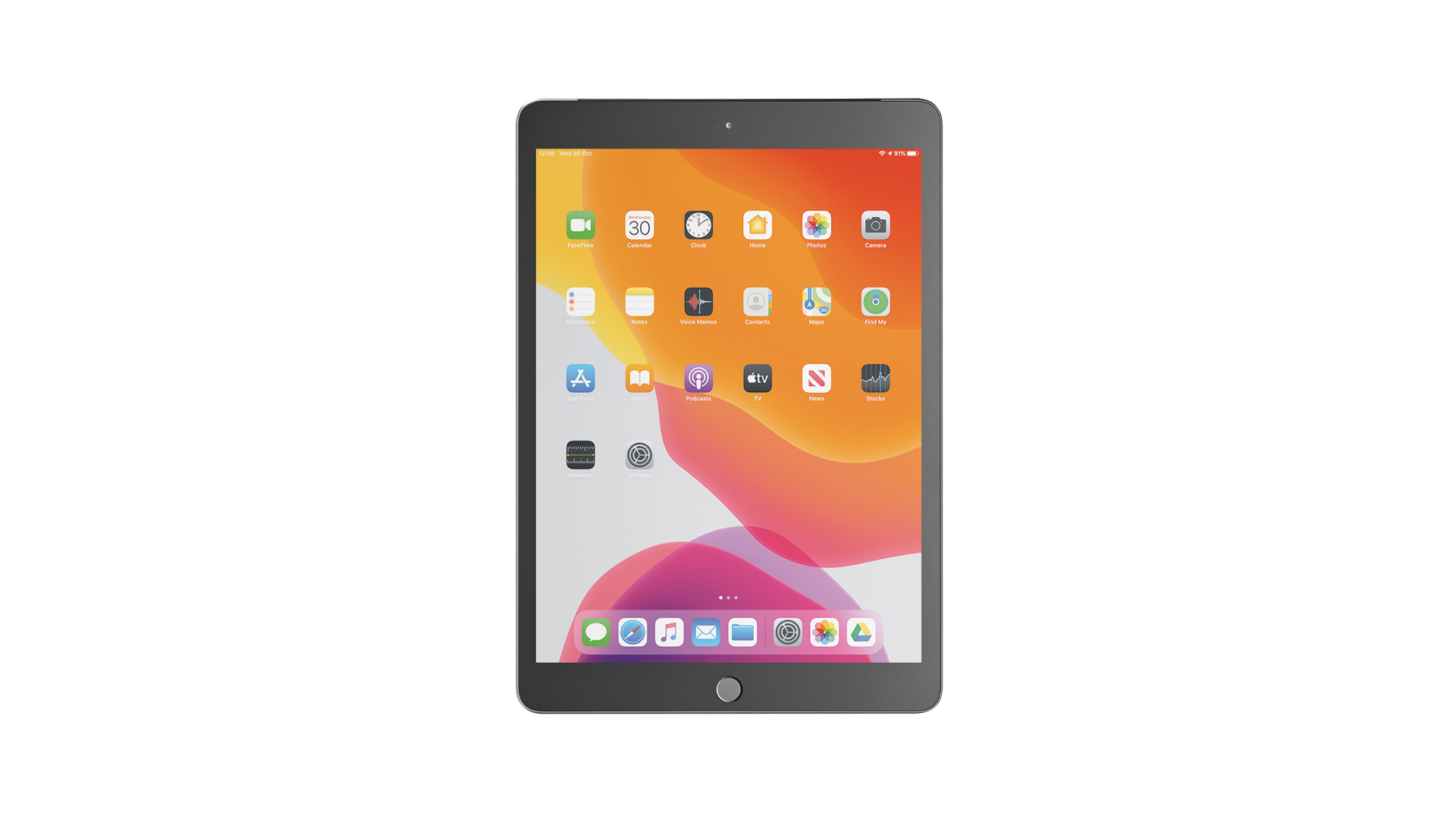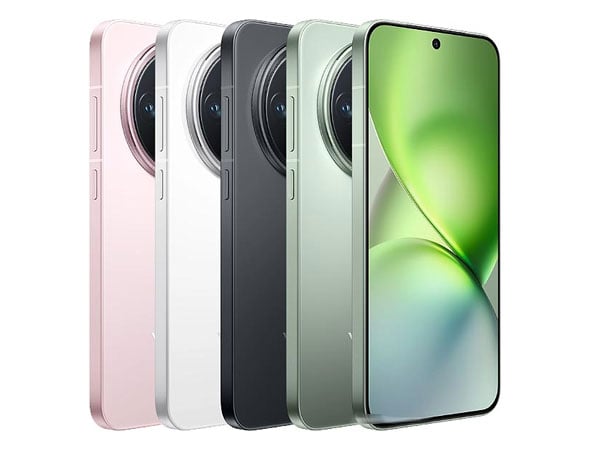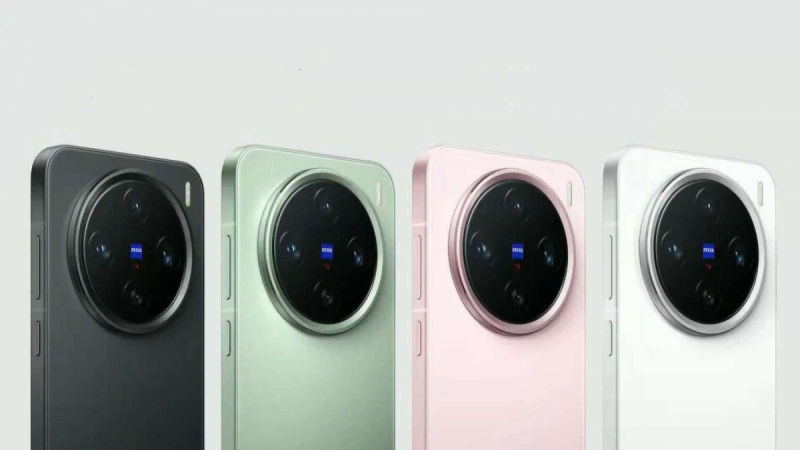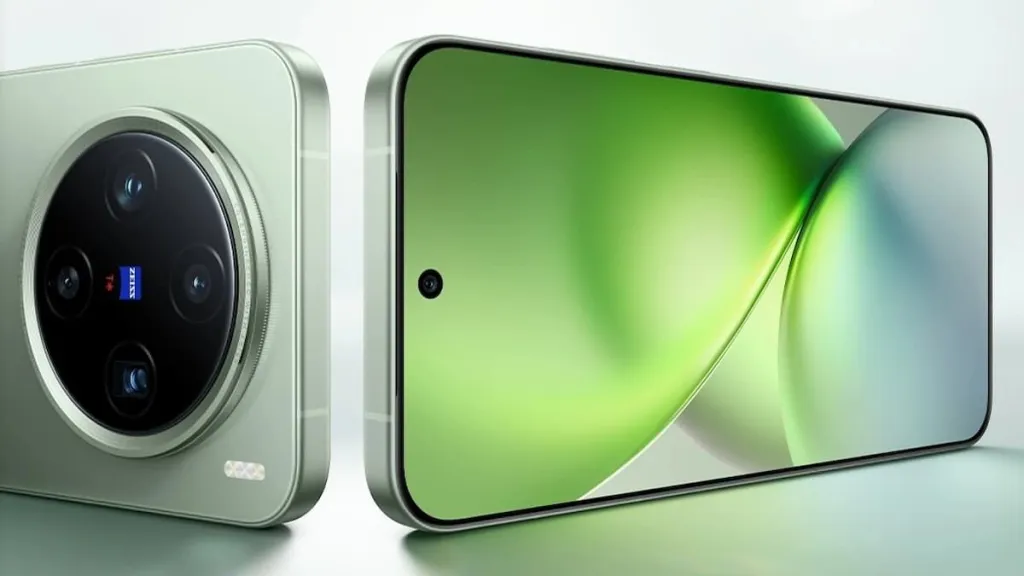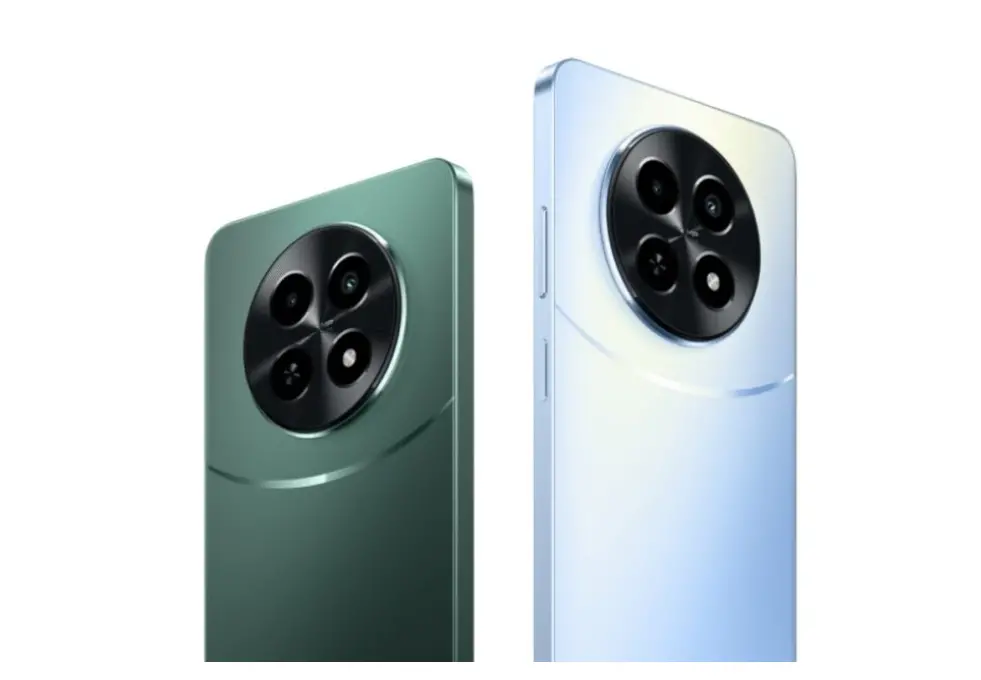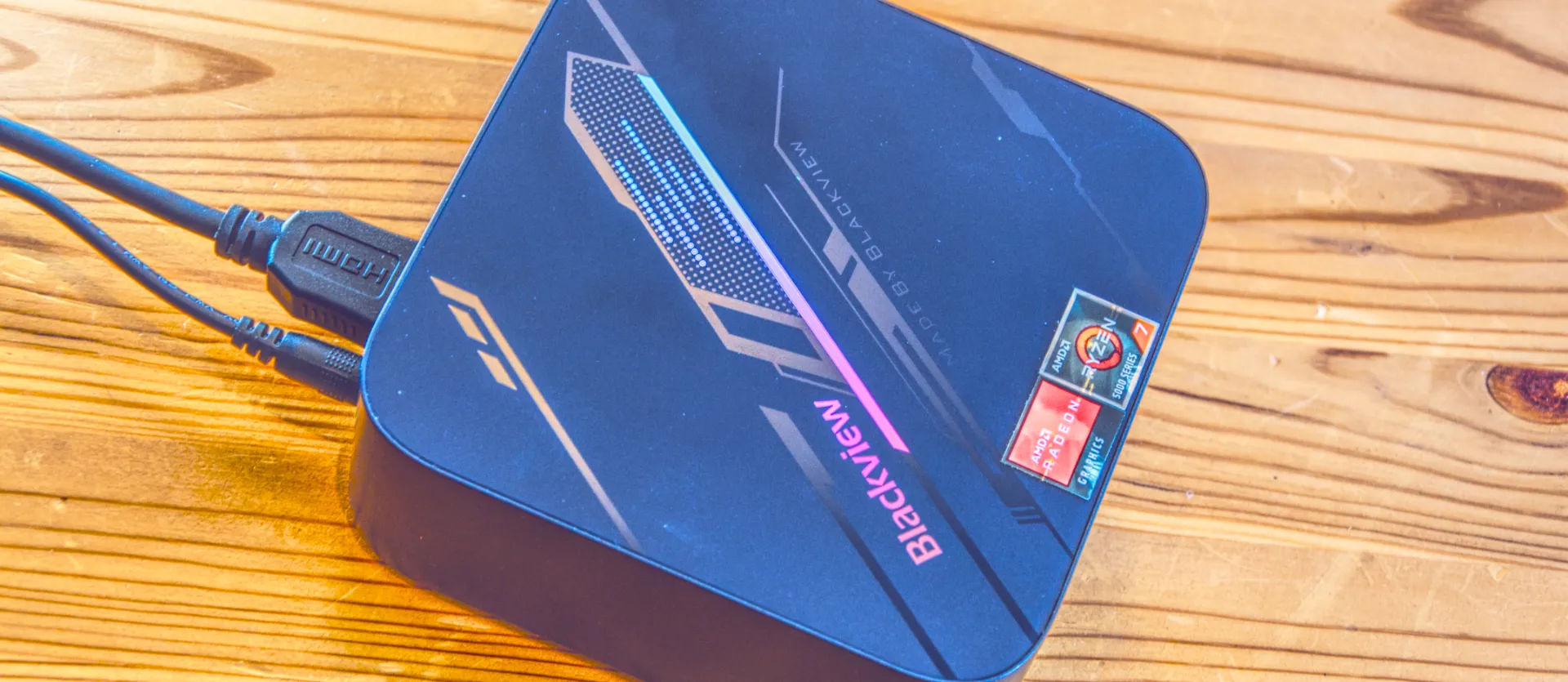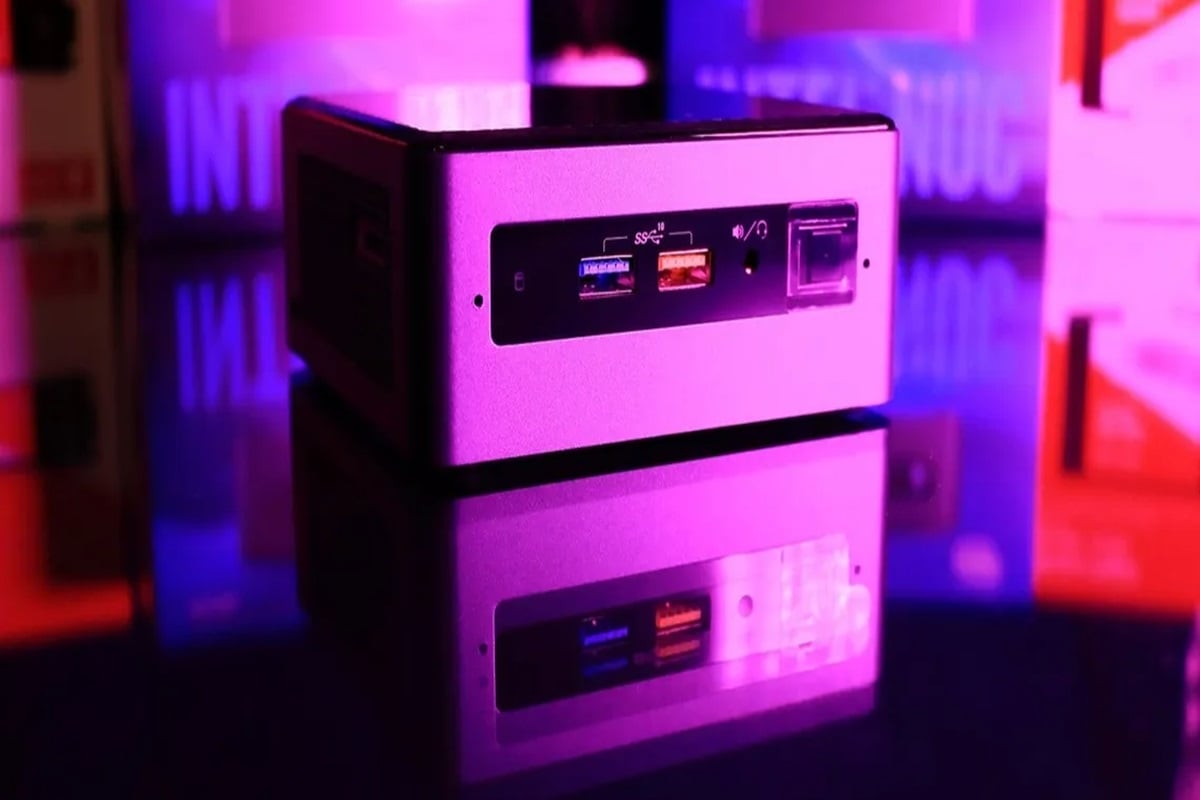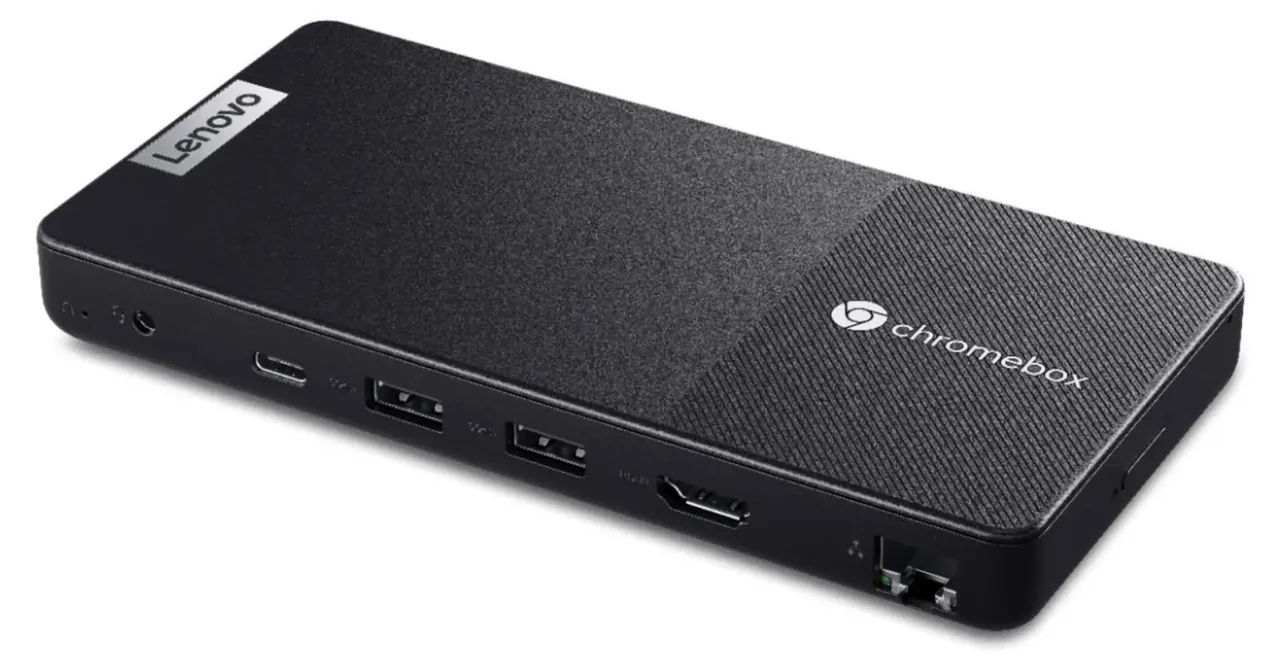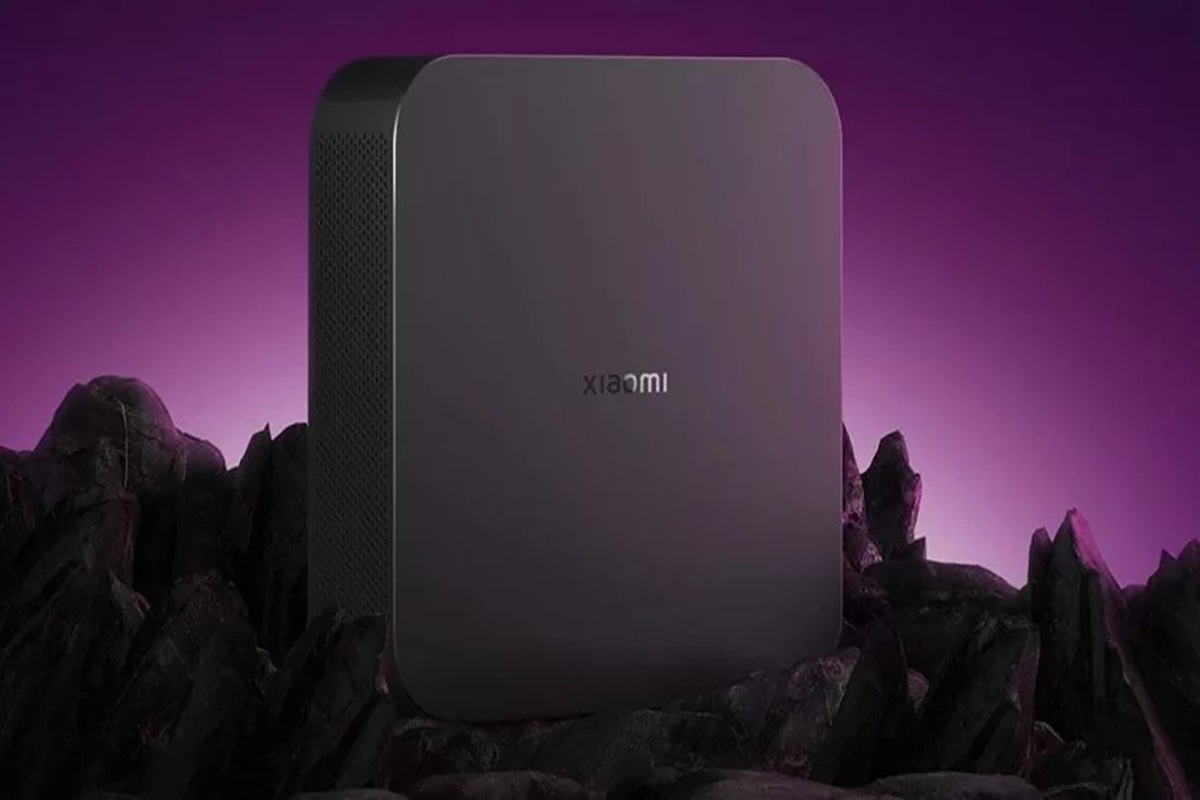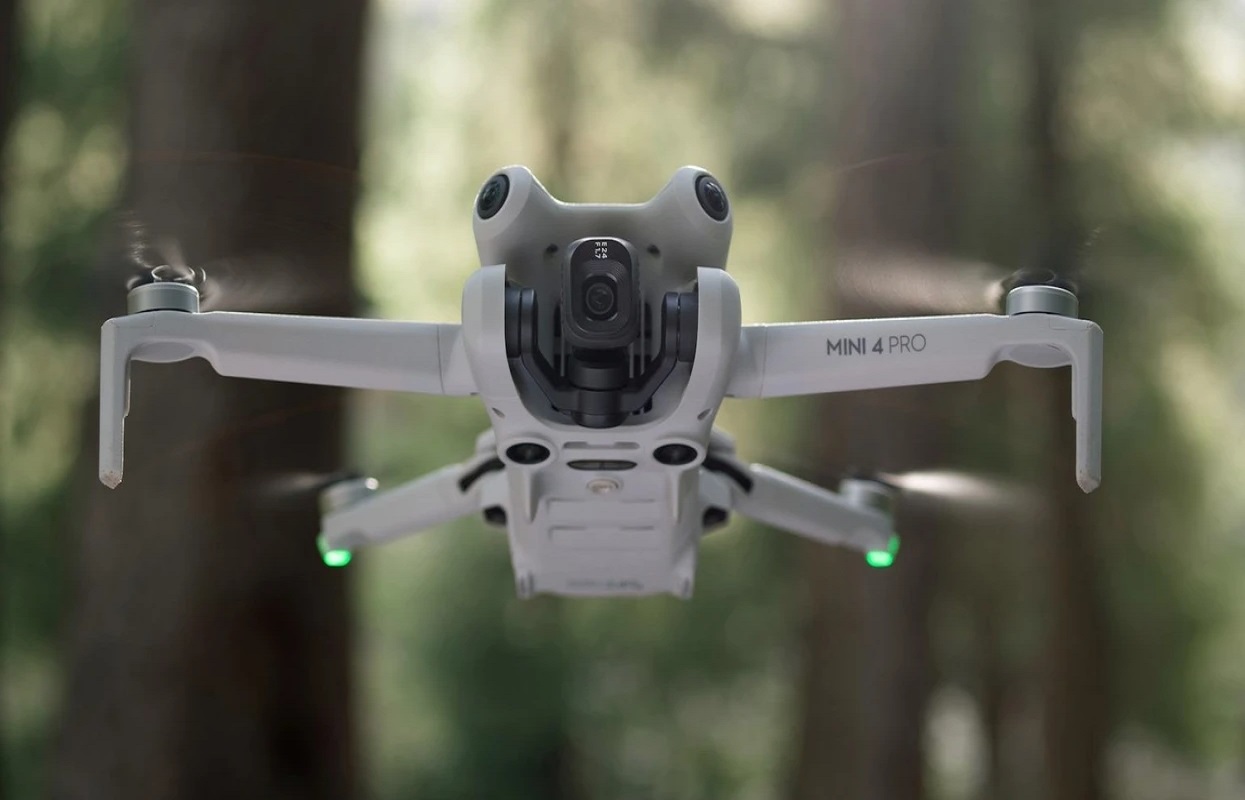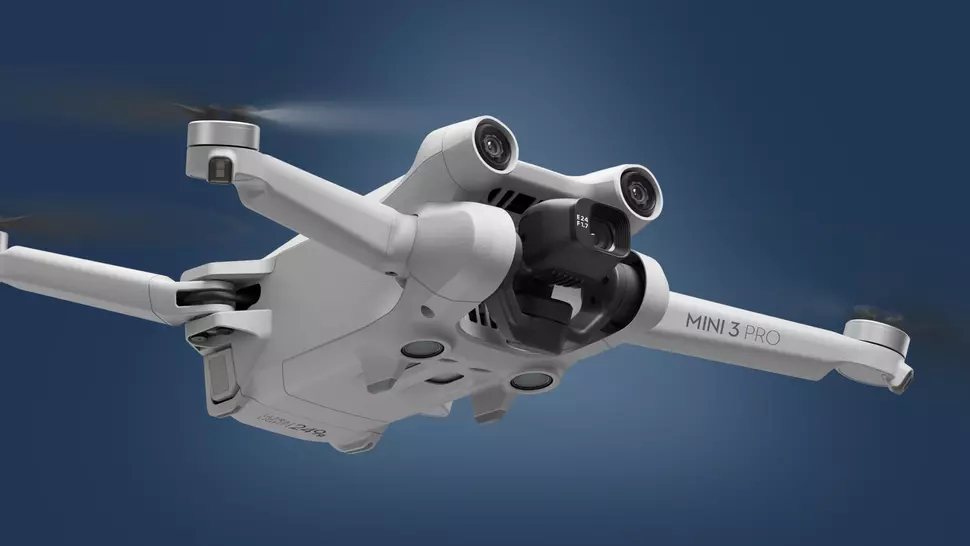A Compact Display That Stands Out
The Vivo X200 Pro Mini features a 6.3-inch OLED display with a 120Hz refresh rate and a crisp 2640 x 1216 resolution. Its standout feature? An unparalleled peak brightness of 4,500 nits—nearly double that of Apple’s flagship iPhone 16 Pro. This ensures vibrant visuals even under direct sunlight, making it a true display marvel.
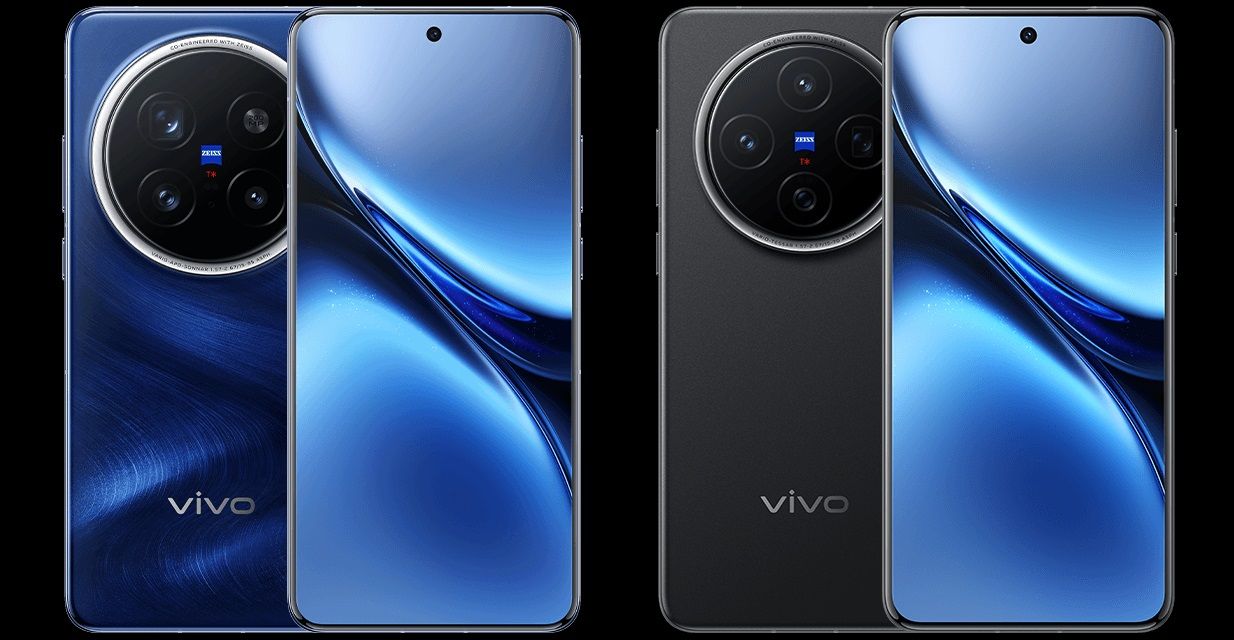
Exceptional Performance with MediaTek Dimensity 9400
At its heart, the Vivo X200 Pro Mini houses MediaTek’s Dimensity 9400 processor, which eliminates efficiency cores for an all-big core architecture. The result is industry-leading performance, with synthetic benchmarks even surpassing Apple’s A18 Pro chip. Paired with 12GB or 16GB of RAM and up to 1TB of UFS 4.0 storage, this device handles multitasking, gaming, and intensive workloads effortlessly.
Battery and Charging Masterclass
Despite its slim profile, the Vivo X200 Pro Mini boasts a massive 5,700mAh battery, dwarfing the iPhone 16 Pro’s 3,582mAh capacity. It supports 90W wired charging and 30W wireless charging, offering faster, more convenient options than many competitors in its price range.
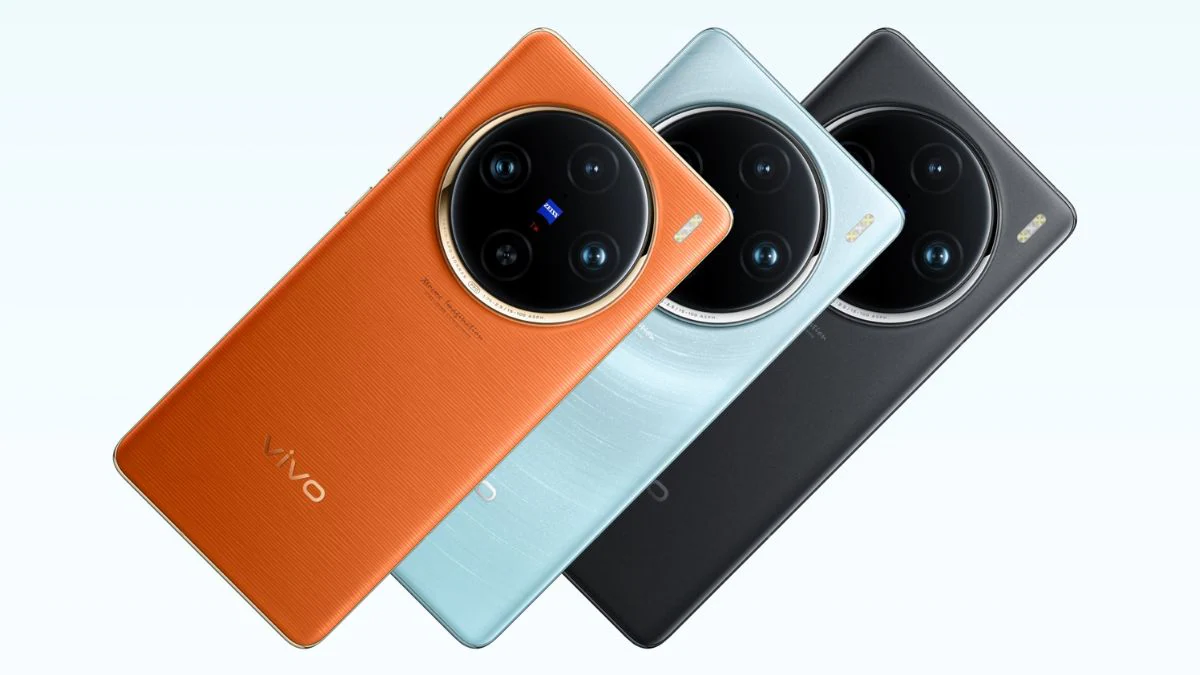
Pro-Level Camera System
The Vivo X200 Pro Mini’s triple rear camera setup, each equipped with a 50MP sensor, redefines mobile photography. The inclusion of a periscope-style zoom lens adds versatility, enabling long-distance portraits and macro shots. Its 32MP front camera is equally impressive, and all cameras feature autofocus for precision. Vivo’s legacy of delivering stellar photo and video quality ensures that this phone competes with premium devices like iPhones and Galaxies.
Sleek, Durable, and Feature-Packed
With its IP69 rating, the X200 Pro Mini offers enhanced water and dust resistance, surpassing the iPhone 16 Pro’s IP68 certification. The phone is stylishly crafted, lighter and thinner than Apple’s rival, while offering RGB lighting effects for a modern aesthetic.
Unbeatable Value
Priced at CNY 4,699 (approximately $640 USD), the Vivo X200 Pro Mini significantly undercuts its flagship competitors while delivering superior features in display brightness, battery capacity, and camera performance.

Conclusion
The Vivo X200 Pro Mini is a testament to the fact that compact smartphones can be just as capable as their larger counterparts. It combines cutting-edge technology with practical features, proving that premium performance doesn’t have to come with a sky-high price tag. While it’s currently exclusive to China, its potential rollout in other markets could redefine the compact flagship segment.
Take note, Apple, Samsung, and Google—the Vivo X200 Pro Mini is setting a new benchmark for value-packed smartphones.

